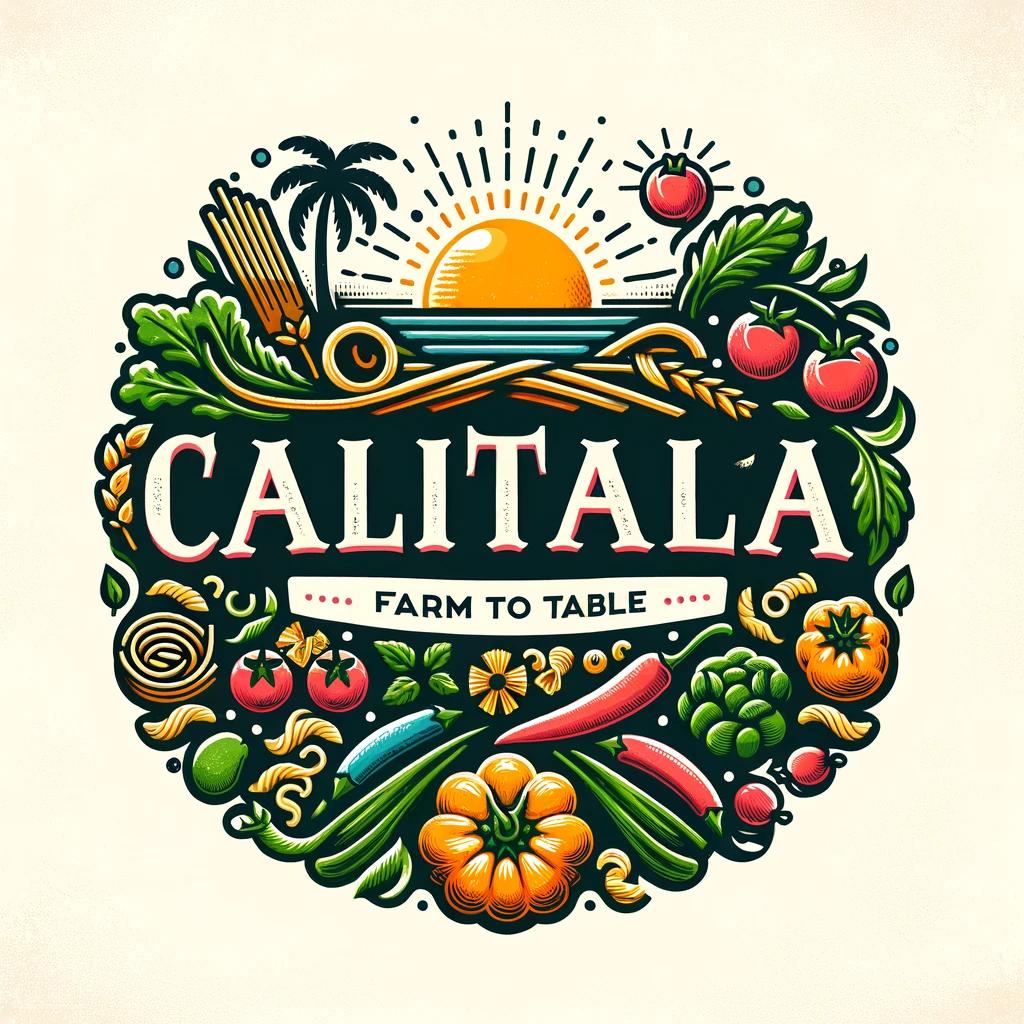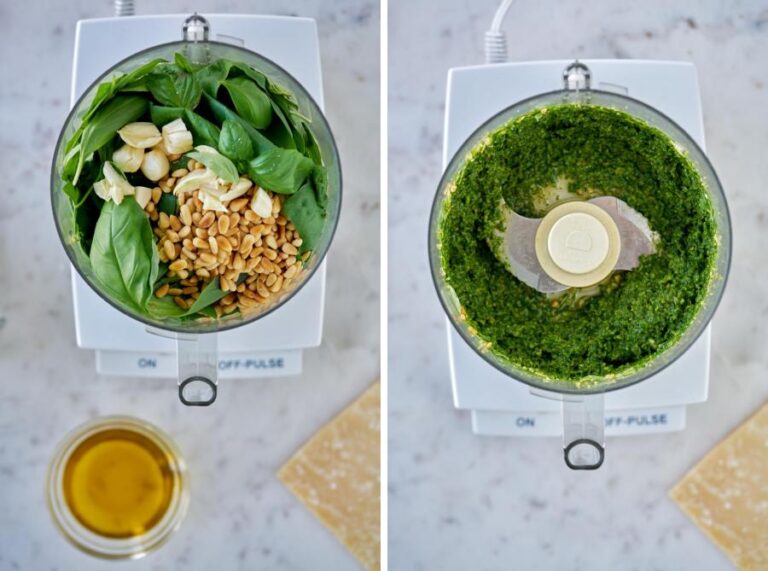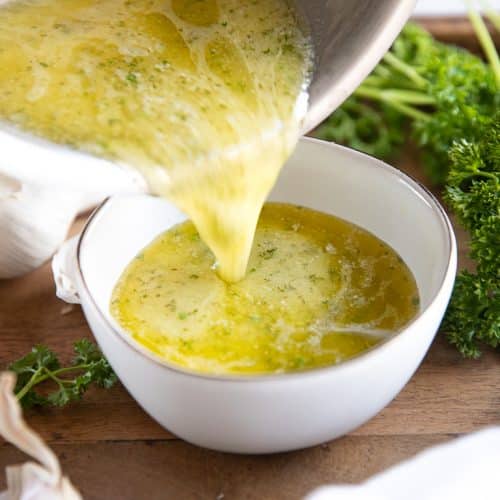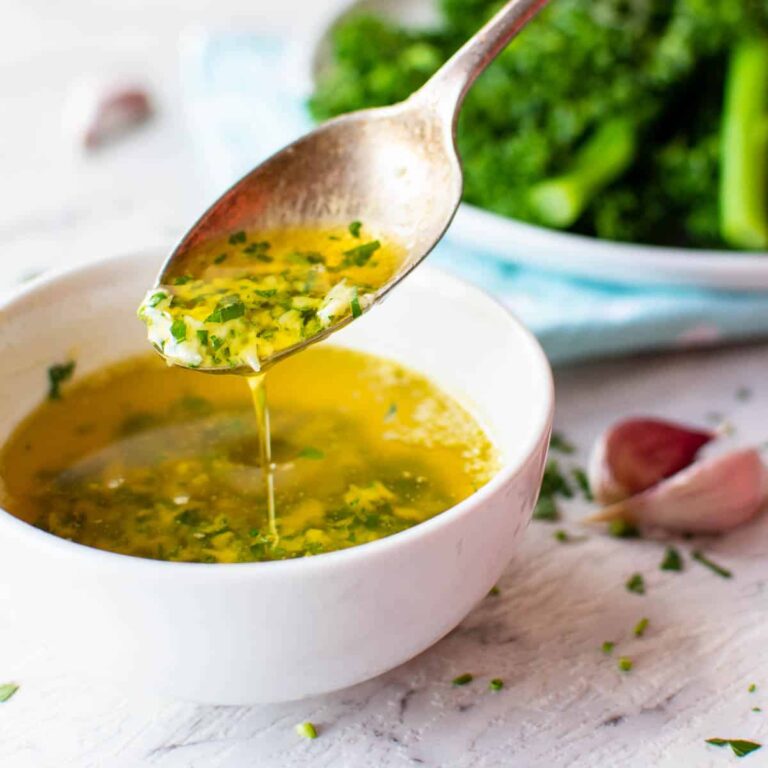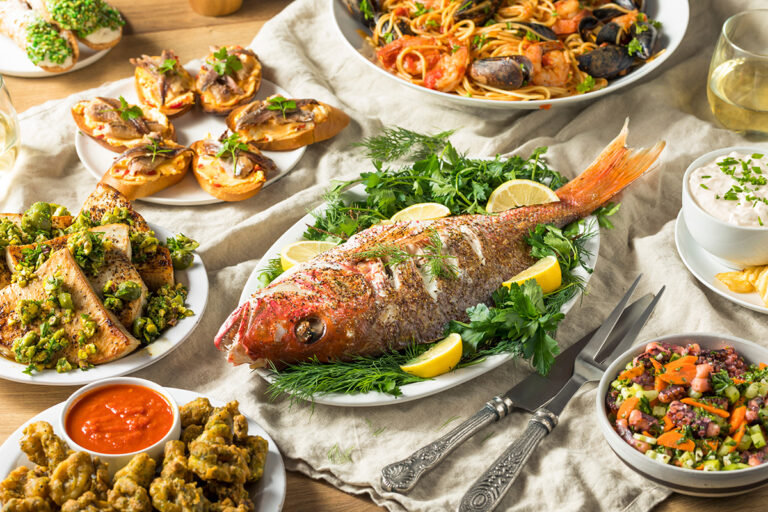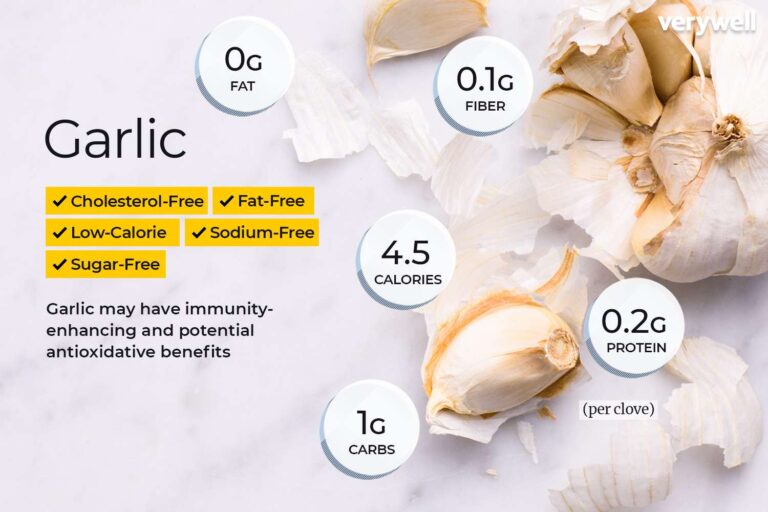When it comes to Italian cuisine, many immediately think of pizza and pasta as the be-all and end-all. However, Italy’s gastronomic landscape is as diverse as its regions, offering an array of dishes Italian food besides pizza and pasta that celebrate the richness of Italian culinary tradition. This article delves into the heart of Italian food culture, exploring the variety of flavors that Italians enjoy beyond the global staples of pizza and pasta.
The Essence of Italian Breakfast: Cornetti and Cappuccino
Starting the day in Italy means indulging in a light yet satisfying breakfast. Cornetti, the Italian counterpart to French croissants, are a staple. These flaky, buttery pastries, often filled with apricot jam, custard, or Nutella, perfectly complement the robust flavors of an Italian cappuccino. This morning ritual is a cherished part of daily life, embodying the Italian philosophy of starting the day with pleasure and warmth.

Italian food besides pizza and pasta: Antipasti
Antipasti, the appetizers meant to stimulate the appetite, are a testament to Italy’s regional diversity. In the north, one might enjoy bresaola, air-dried salted beef, served with arugula and Parmesan. Coastal regions offer a bounty of seafood antipasti, like marinated anchovies or octopus salad. Meanwhile, the heart of Tuscany brings forth crostini topped with savory chicken liver pâté. These starters set the stage for the culinary journey that is an Italian meal.
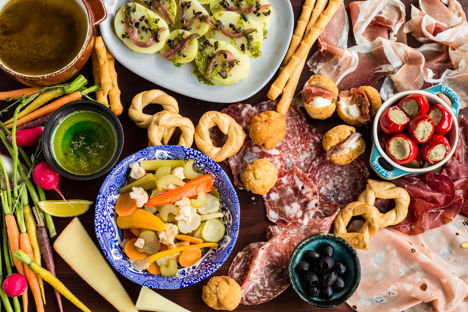
Italian food besides pizza and pasta: Italy’s Love Affair with Seafood
Italy’s extensive coastline offers an abundance of seafood, integrated beautifully into its cuisine. Fritto misto, a mixed fried seafood platter, showcases everything from shrimp to squid, light and crisp. Branzino al sale, sea bass baked in salt crust, is a minimalist dish that highlights the freshness of the fish. In Venice, risotto al nero di seppia (risotto with cuttlefish ink) offers a unique, rich flavor and striking black color.
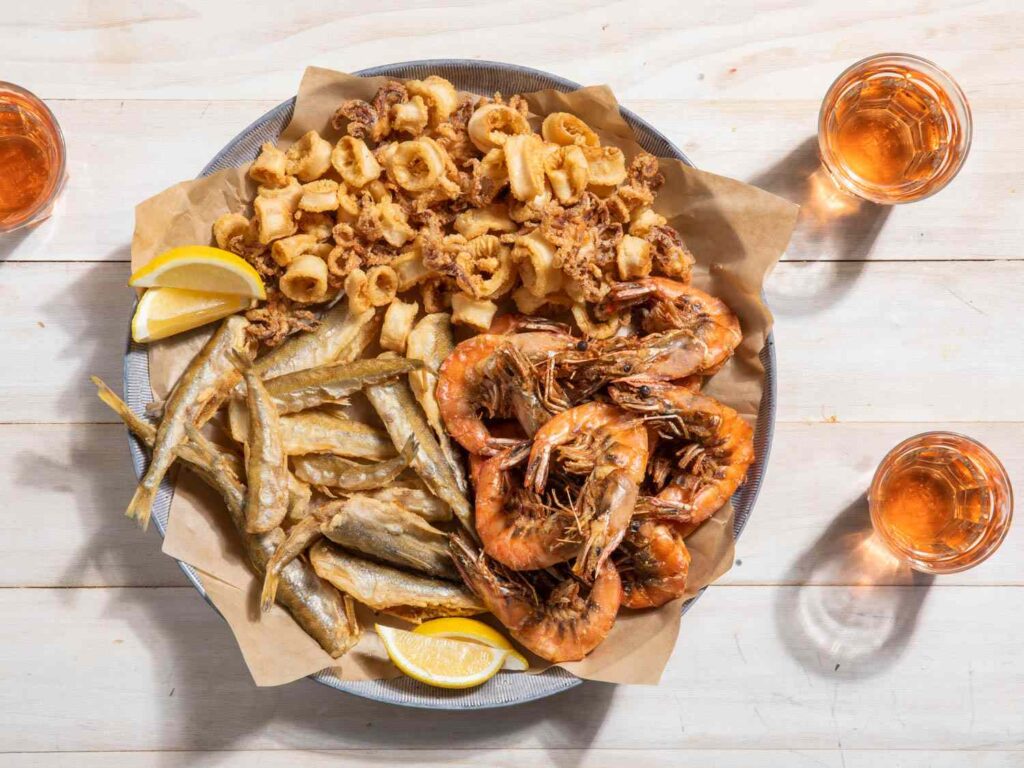
The Heartiness of Italian Meat Dishes: Beyond Bolognese
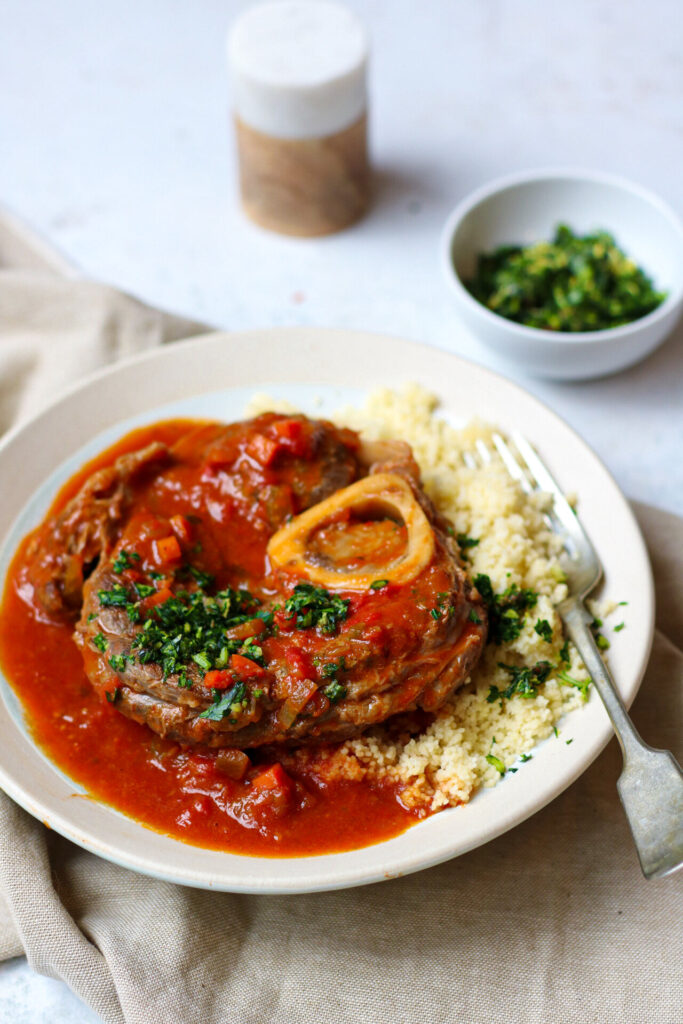
While Bolognese sauce might be world-renowned, Italy’s repertoire of meat dishes is extensive. Osso buco, veal shanks braised with vegetables, white wine, and broth, served with gremolata, is a Milanese specialty. In Rome, saltimbocca, veal lined or wrapped with prosciutto and sage, cooked in white wine, captivates with its delicate balance of flavors. Porchetta, a savory, fatty, and moist boneless pork roast, is a street food favorite, showcasing the rustic and rich flavors of Italian countryside cooking.
The Italian Garden: Vegetables at the Heart of the Meal
Italian cuisine also celebrates vegetables in dishes like caponata, a Sicilian eggplant dish rich with the flavors of tomatoes, celery, olives, and capers. Carciofi alla Romana, artichokes Roman-style, are stuffed with garlic, mint, and breadcrumbs, then simmered to perfection. These dishes, among others, highlight the Italian knack for elevating simple ingredients into culinary masterpieces.
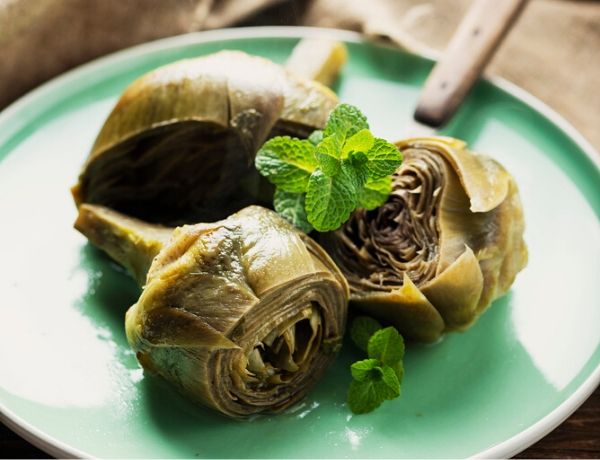
Sweet Endings: Italian Desserts Beyond Gelato
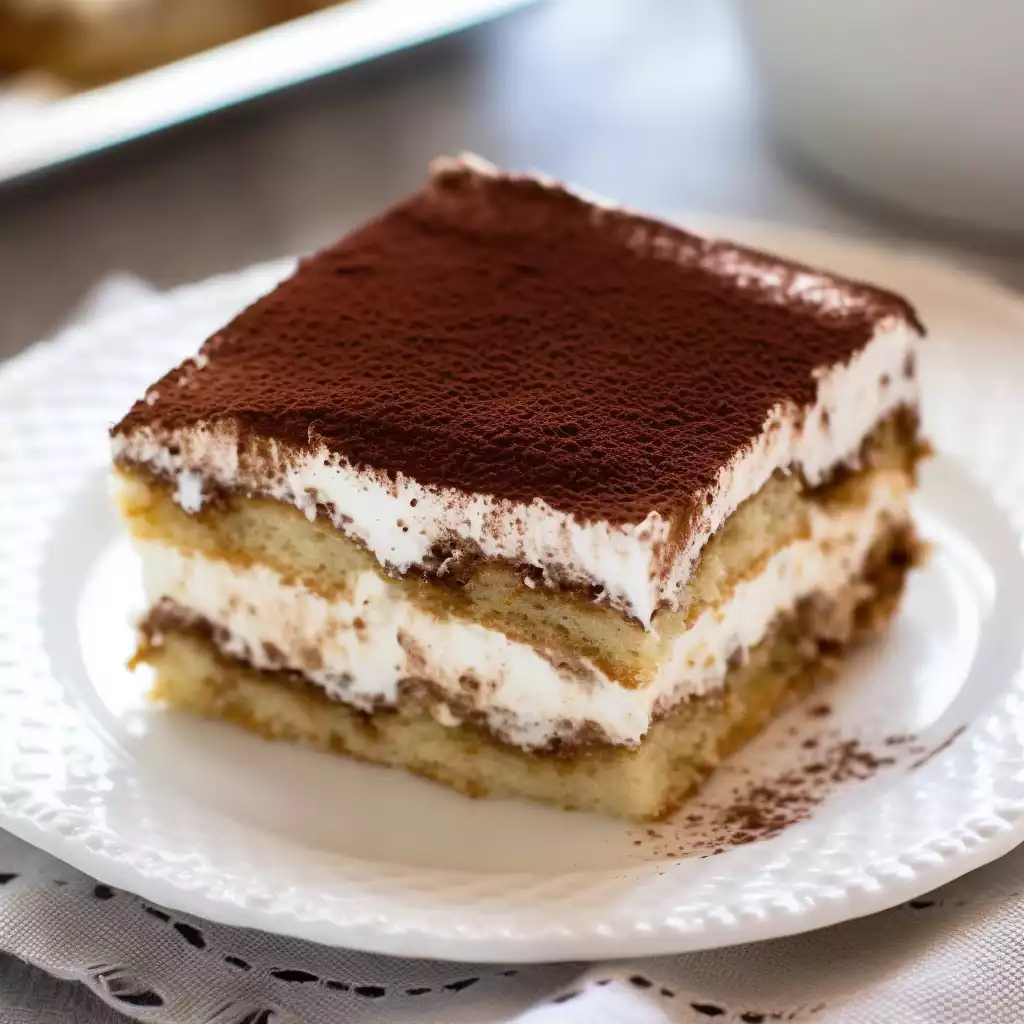
Though gelato is a quintessential Italian treat, the country’s dessert menu is much more varied. Tiramisu, with its layers of coffee-soaked ladyfingers and mascarpone cream, is a beloved classic. Cannoli, crispy tubes filled with sweet, creamy ricotta, hail from Sicily. For a lighter option, sorbetto offers a refreshing, palate-cleansing finish to a meal, with flavors ranging from lemon to raspberry.
Indulging in Italian Cheeses and Wines
An exploration of Italian cuisine would not be complete without mentioning its cheeses and wines. From the sharp tang of Pecorino Romano to the creamy bliss of Gorgonzola, Italian cheeses are a world unto themselves. Paired with a glass of Chianti or Barolo, they form an integral part of the dining experience, reflecting the country’s rich agricultural and viticultural heritage.
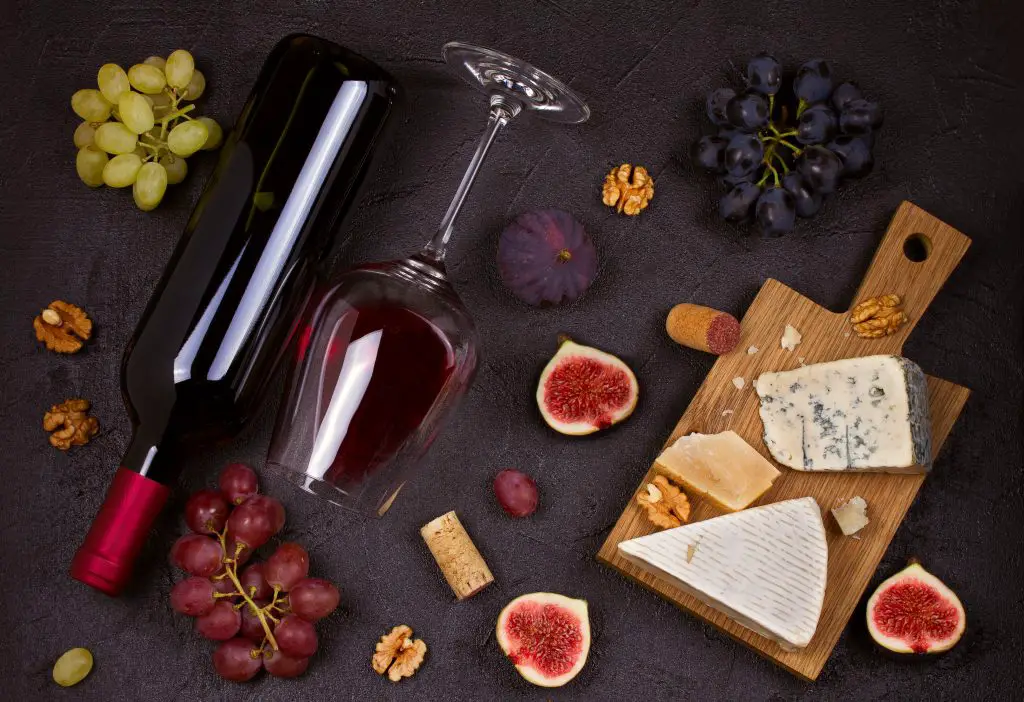
Here are three mouth-watering Italian recipes that’ll have you feeling like you’re dining in the heart of Italy, no passport required!
1. Osso Buco Alla Milanese
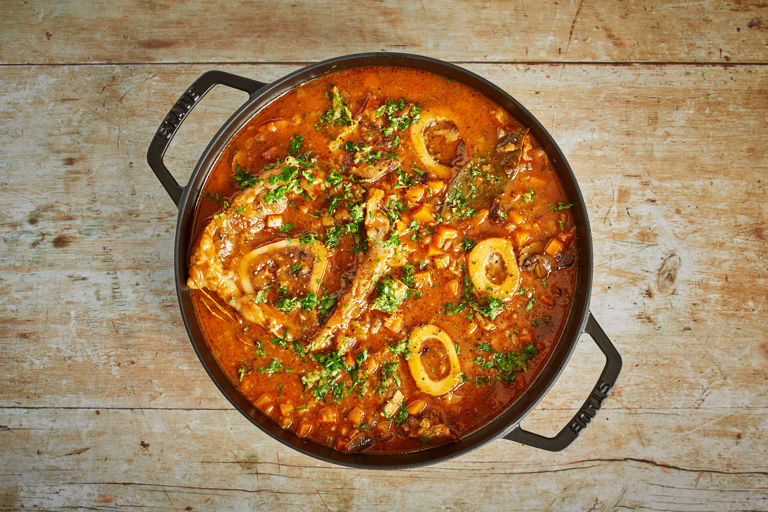
Osso Buco is a classic Milanese dish that’s sure to impress. It’s a slow-cooked marvel featuring veal shanks braised with vegetables, white wine, and broth, creating a tender and flavorful masterpiece.
Ingredients:
- 4 veal shanks (about 1 inch thick)
- Salt and freshly ground black pepper, to taste
- ½ cup all-purpose flour, for dredging
- 4 tablespoons unsalted butter
- 2 tablespoons olive oil
- 1 small onion, finely chopped
- 1 small carrot, finely chopped
- 1 stalk celery, finely chopped
- 2 cloves garlic, minced
- 1 cup dry white wine
- 1 cup chicken or beef broth
- 1 can (14 ounces) diced tomatoes, drained
- 1 teaspoon fresh thyme leaves
- 1 bay leaf
- Zest of 1 lemon (for gremolata)
- 1 garlic clove, minced (for gremolata)
- 2 tablespoons chopped fresh parsley (for gremolata)
Instructions:
- Season the veal shanks with salt and pepper, then dredge in flour, shaking off excess.
- In a large skillet, melt 2 tablespoons butter with olive oil over medium heat. Brown the veal shanks on all sides, then remove from skillet and set aside.
- In the same skillet, add onion, carrot, celery, and garlic. Cook until softened.
- Add the wine, scraping up any browned bits from the bottom of the skillet. Reduce by half.
- Return the veal shanks to the skillet, add broth, tomatoes, thyme, and bay leaf. Bring to a simmer, cover, and cook for about 1.5 to 2 hours, until meat is tender.
- For the gremolata, mix lemon zest, minced garlic, and parsley.
- Serve the osso buco sprinkled with gremolata on top.
2. Caprese Salad with Balsamic Glaze
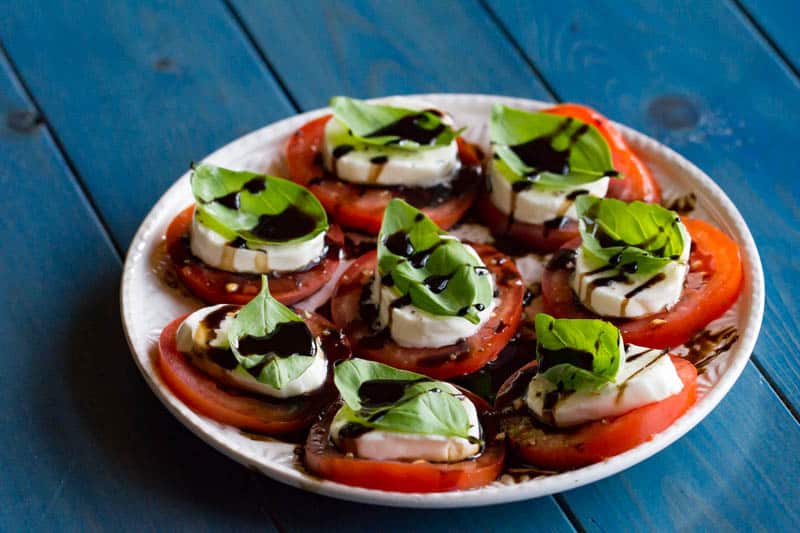
Simplicity at its finest, Caprese Salad is a refreshing dish that beautifully showcases the flavors of ripe tomatoes, fresh mozzarella, and basil, all drizzled with a sweet balsamic reduction.
Ingredients:
- 4 large ripe tomatoes, sliced
- 1 pound fresh mozzarella cheese, sliced
- Fresh basil leaves
- Salt and freshly ground black pepper, to taste
- ¼ cup extra virgin olive oil
- 2 tablespoons balsamic glaze
Instructions:
- Arrange tomato and mozzarella slices on a platter, alternating and overlapping them.
- Tuck fresh basil leaves between the slices.
- Season with salt and pepper.
- Drizzle with olive oil and balsamic glaze just before serving.
3. Lemon Garlic Roasted Chicken
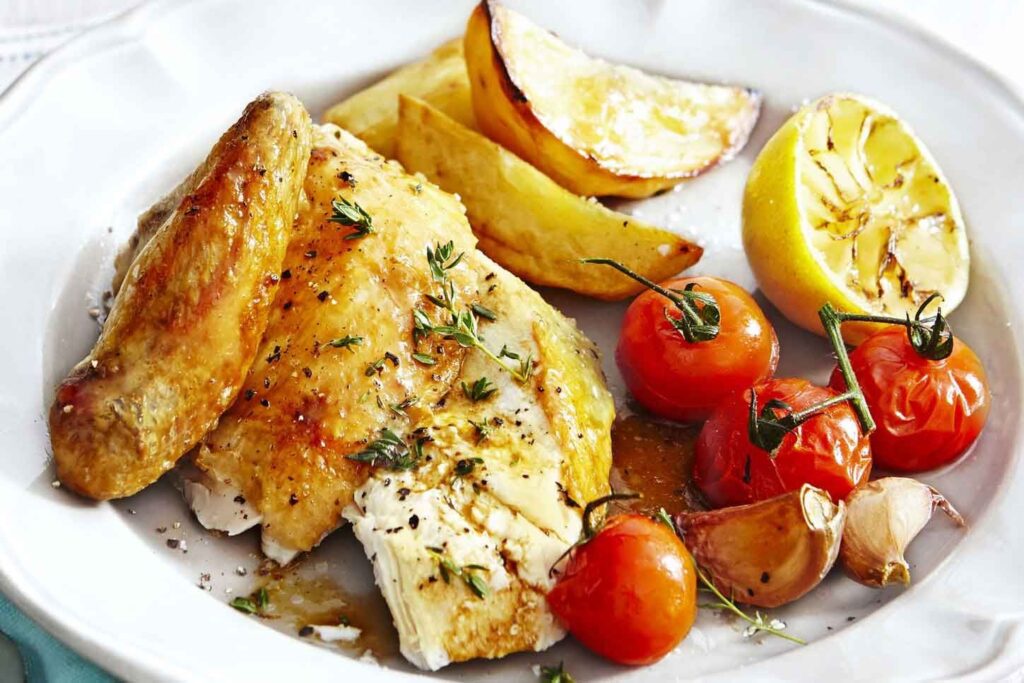
This Lemon Garlic Roasted Chicken is infused with the flavors of Italy, featuring a juicy, aromatic bird that’s perfect for a comforting family dinner.
Ingredients:
- 1 whole chicken (about 4 to 5 pounds)
- Salt and freshly ground black pepper, to taste
- 2 lemons, one sliced and one juiced
- 4 cloves garlic, minced
- 4 tablespoons olive oil
- 2 tablespoons unsalted butter, melted
- 1 teaspoon dried oregano
- 1 teaspoon dried thyme
Instructions:
- Preheat your oven to 375°F (190°C).
- Season the chicken inside and out with salt and pepper. Stuff the cavity with lemon slices.
- In a bowl, mix lemon juice, garlic, olive oil, melted butter, oregano, and thyme.
- Place the chicken in a roasting pan and brush it all over with the lemon-garlic mixture.
- Roast for about 1 hour and 20 minutes, or until the juices run clear when you cut between a leg and thigh.
- Baste the chicken occasionally with its juices for extra flavor.
Each of these recipes captures the essence of Italian cooking: fresh ingredients, simple techniques, and flavors that speak directly to the soul. Buon appetito!
Conclusion
Italian cuisine is a tapestry of flavors, each region weaving its own thread to create a picture far more complex than the familiar silhouettes of pizza and pasta. By exploring the vast array of dishes Italy has to offer, one gains a deeper appreciation for the artistry and diversity of Italian culinary traditions. It’s a journey through taste, history, and culture, offering endless discoveries for the palate.
